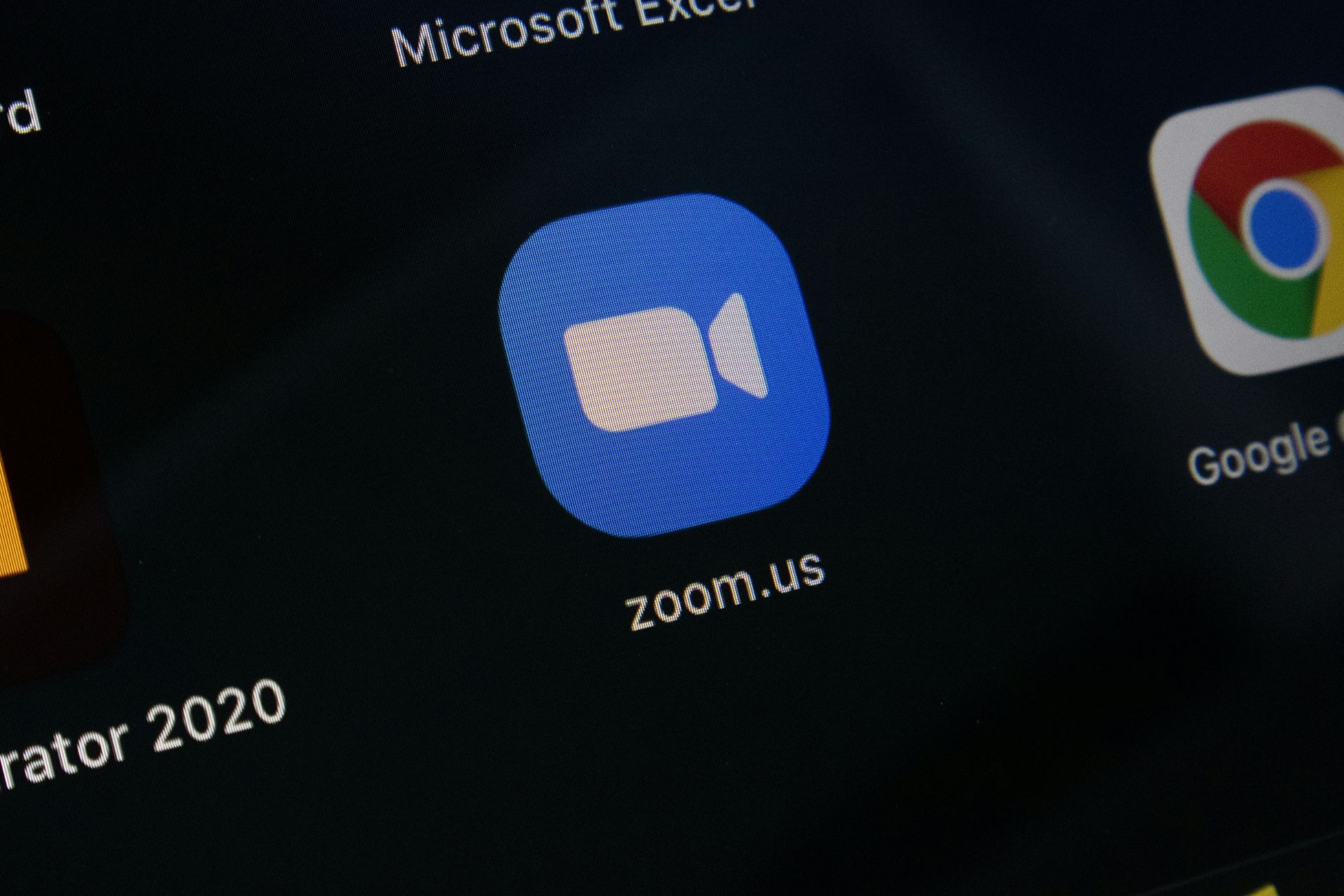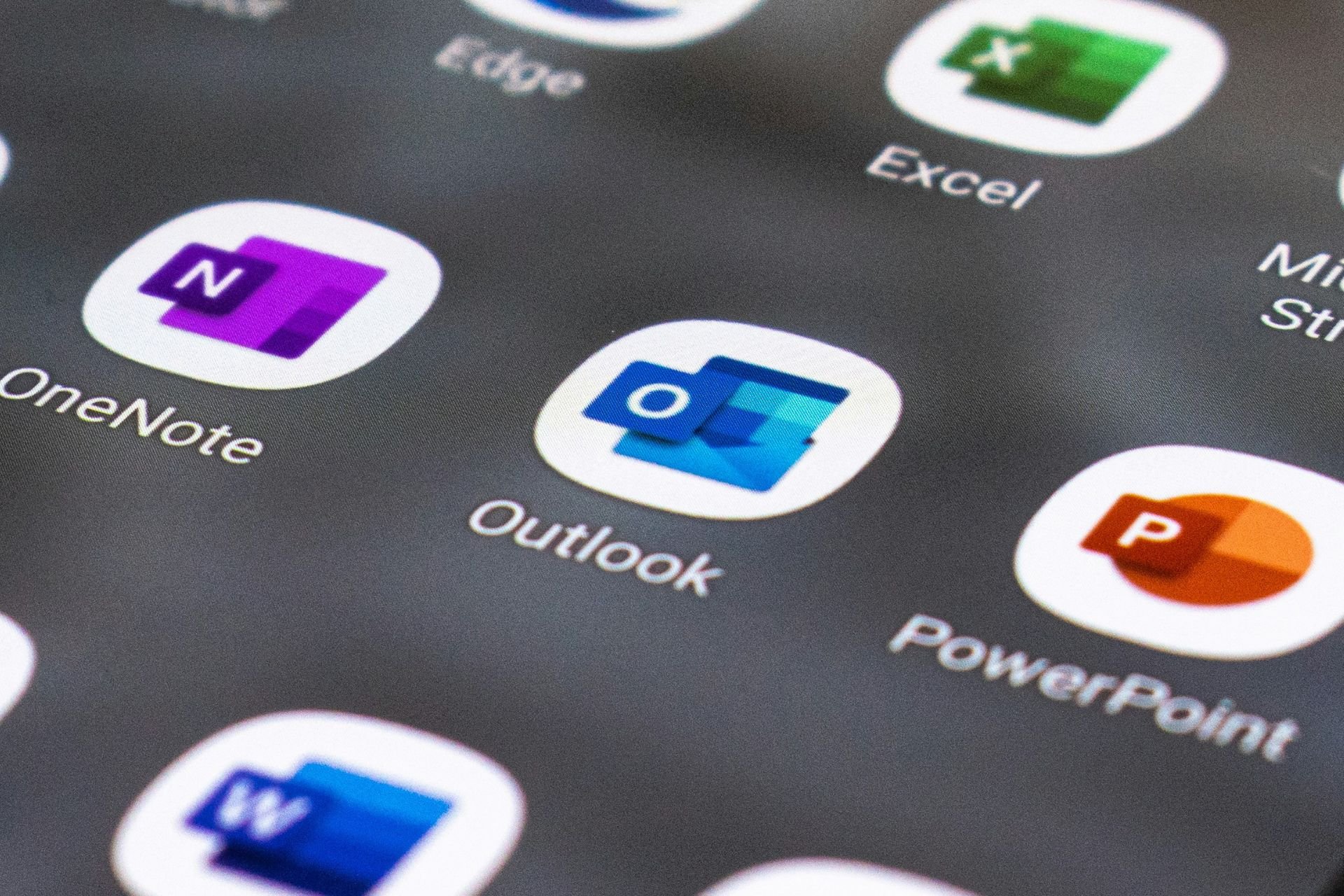Get the Windows February 2023 Patch Tuesday security updates
6 min. read
Updated on
Read our disclosure page to find out how can you help Windows Report sustain the editorial team Read more
Key notes
- If you're eager to get the latest Windows 10 updates, Patch Tuesday is the best way to start.
- The February Patch Tuesday updates are here, and we've covered all the changes they bring.
- Additionally, we've included all the direct download links so you can get the KB that you need.
- Continue reading below to see whether this month's updates are worth applying or not.

Friends, the second month of 2023, and the time has come for us to get excited about a brand new batch of security updates from Microsoft.
Please remember that these updates actually bring an entire array of changes for both Windows 10 and Windows 11, regardless of whether it is a newer or an older version.
This February 2023 Patch Tuesday batch of updates is expected to fix some of the issues that were still pending, and in the article below we will be looking to see exactly what we get.
We have included a detailed changelog for each cumulative update, and we will also be providing you with direct download links from Microsoft’s Windows Update Catalog, so you know that they are secure.
With all that being said, remember that, alternatively, you can always use other methods to get the latest updates, including:
- The Windows Update menu on your OS
- The WSUS (Windows Server Update Service)
- Group Policies set up by your admins if you’re part of a larger network.
Now that we got this out of the way, let’s have a closer look at the February 2023 Patch Tuesday updates rollout from Microsoft.
Changes included in the February Patch Tuesday updates

Windows 11
There really isn’t further need for introductions, since most of you are already running Windows 11 on your devices.
You might also like to know that the 22H2 version of Windows 11, the operating system’s first major update, is now ready for downloading and installing.
Beware, however, of the great number of bugs and glitches that will test your patience when discovering all the new features coming to Windows 11.
Cumulative update name
Changes and improvements
- This update makes miscellaneous security improvements to internal OS functionality. No additional issues were documented for this release.
[DIRECT DOWNLOAD LINK]
Windows 10 versions 21H2, 21H1, and 20H2
Windows 10 version 22H2 is the latest major version of Windows 10, and as such has the most experimental features on it.
Fortunately, most bugs that were first present when it was first made available have been weeded out, and this version of Windows 10 is far more stable.
Cumulative update name
Changes and improvements
- This build includes all the improvements from the supported Windows 10, version 20H2 editions.
- This update addresses an issue that affects certain Internet of Things (IoT) devices. They lose audio.
Known issues
- Devices with Windows installations created from custom offline media or custom ISO image might have Microsoft Edge Legacy removed by this update, but not automatically replaced by the new Microsoft Edge. This issue is only encountered when custom offline media or ISO images are created by slipstreaming this update into the image without having first installed the standalone servicing stack update (SSU) released March 29, 2021 or later.
Windows 10, version 1809
This version of the Windows operating system is outdated and will no longer receive any updates from the Redmond tech company.
Therefore, users that are still running this old version on their devices are strongly advised to choose a more recent one to update to.
If you still want to use Windows 10 and are not willing to upgrade to 11, you don’t have to do so right away. After all, Microsoft announced that the support for Windows 10 will go on until 2025.
Cumulative update name
Improvements and fixes:
- It updates the text and web link for Windows Admin Center (WAC) notifications. These appear after you sign in to the desktop unless you have turned them off. The WAC notifications highlight the available Windows Server management options.
- This update addresses an issue that affects searchindexer.exe. It randomly stops you from signing in or signing out.
- This update affects HTML dialogs in Microsoft Edge IE mode. Administrators can now reset the zoom for HTML dialogs to the default.
- This update addresses an issue that affects dialogs in IE Mode.
- This update addresses an issue that affects Microsoft Edge when it is in IE Mode. The titles of pop-up windows and tabs are wrong.
- This update addresses an issue that affects certain Internet of Things (IoT) devices. They lose audio.
- This update addresses an issue that affects local Kerberos authentication. It fails if the local Key Distribution Center (KDC) service is not active.
- This update addresses an issue that affects Windows Server 2022. Phone activation of a Key Management Services (KMS) key does not work.
- This update affects Active Directory (AD). It improves the replication performance of AD in large environments.
- This update addresses an issue that affects the Resilient File System (ReFS) MSba tag. The issue causes a nonpaged pool leak.
- This update addresses an issue that affects the Resilient File System (ReFS). The issue causes high nonpaged pool usage, which depletes system memory.
Known issues
- After installing KB5001342 or later, the Cluster Service might fail to start because a Cluster Network Driver is not found.
[DIRECT DOWNLOAD LINK]
Windows 10, version 1607
Windows 10, version 1607 has reached the end of service for all of its available editions. Update to the latest version of Windows 10 in order to keep your system protected.
Cumulative update name
Improvements and fixes
- This update addresses an issue that puts domain controllers (DC) in a restart loop. This occurs because the Local Security Authority Subsystem Service (LSASS) stops responding. The error is 0xc0000374. LSASS stops responding if you populate KrbTGT with the AltsecID on accounts that read-write and read-only DCs use.
- This update affects HTML dialogs in Microsoft Edge IE mode. Administrators can now reset the zoom for HTML dialogs to the default.
- This update addresses an issue that affects AppV. It stops file names from having the correct letter case (uppercase or lowercase).
- This update addresses an issue that affects certain Internet of Things (IoT) devices. They lose audio.
- This update addresses an issue that affects searchindexer.exe. It randomly stops you from signing in or signing out.
[DIRECT DOWNLOAD LINK]
Drawing the line, this is pretty much what we are dealing with in terms of security updates for the month of February 20232, as a part of the Patch Tuesday rollout.
Have you noticed any issues after downloading and installing these security updates for your version of the Windows operating system? Let us know in the comments section below.








